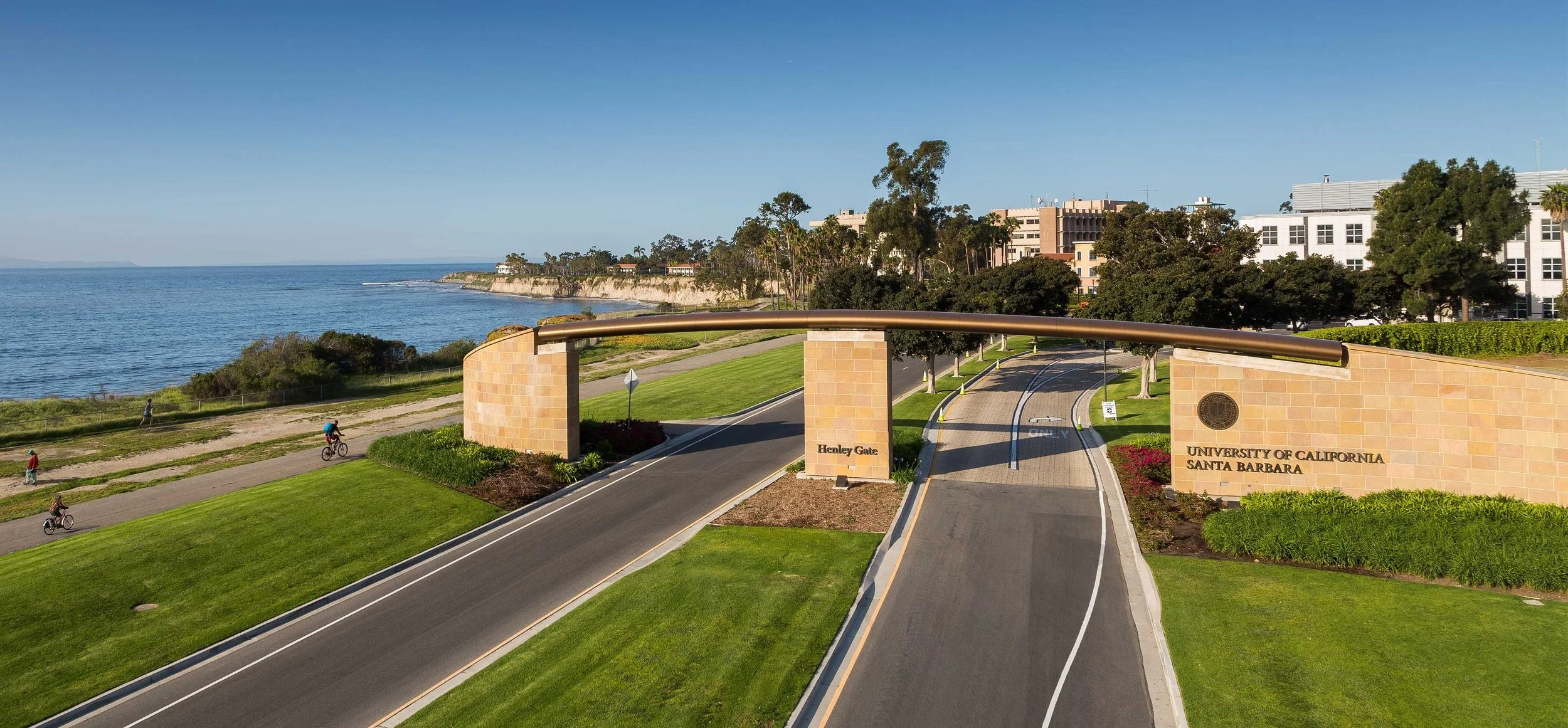
Measures
-
In experimental psychological research, the ability to measure state-level variations in personality is essential, particularly for studies aiming to understand natural fluctuations in trait expression or experimental designs aiming to manipulate these states and observe their downstream effects. While trait measures of curiosity and creativity are well-established, tools for assessing momentary, fluctuating states—how curious or creatively inspired someone feels at a given moment—are notably lacking. State measures, like the State Adaptations of the Epistemic Curiosity Scale and the Creative Inspiration Scale below, aim to address this gap by capturing real-time, situational shifts in curiosity and creative inspiration. These tools are crucial for experimental research as they allow researchers to test how induced changes in curiosity or creativity influence learning, problem-solving, engagement, and other outcomes. By using state measures, researchers can better understand the dynamic nature of curiosity and creativity and their potential to drive immediate and meaningful behavior changes.
-
This scale measures interest in various creative activities, assessing how motivated an individual feels to engage in activities that inspire creativity, such as drawing, writing, or visiting art galleries. By providing a broad range of creative options, the scale captures an individual’s interest in multiple domains of creativity, from visual arts to performance and culinary arts. Researchers can use this scale to explore how different activities stimulate creative thinking and preferences, and it can be used to examine relationships between personality traits (e.g., openness) and creative engagement. The scale is particularly valuable for studies on creative motivation, personality, and the impact of interventions designed to promote creative inspiration and thinking styles.
-
This scale is adapted to assess state-level epistemic curiosity, focusing on two types of curiosity:
Interest-Based Curiosity measures a persons’ desire to learn new information or explore new ideas for the enjoyment of learning.
Deprivation-Based Curiosity assesses the motivational drive to resolve uncertainty, particularly when lacking critical information.
By distinguishing between these curiosity types, this scale allows researchers to examine how curiosity fluctuates in response to different situations or interventions, making it useful for experimental studies investigating curiosity’s role in learning, exploration, and information-seeking behaviors.
-
This behavioral task provides an easily-implementable, naturalistic measure of interest-based epistemic curiosity by assessing choices rather than relying on self-report. By prompting participants to choose between content aimed at learning or relaxation/entertainment, it simulates real-world decisions about exploring new information. This paradigm reveals patterns of curiosity-driven engagement without the biases inherent in subjective self-reports, addressing a key limitation of traditional measures. The task offers valuable insights into how curiosity unfolds in real-time, supporting experimental research on curiosity’s effects on engagement and learning. Initial findings show correlations with trait interest-based epistemic curiosity, and ongoing validation aims to confirm its sensitivity as a state measure, capable of capturing both natural and experimentally-induced fluctuations in curiosity.
Check back soon! The task will soon be available to researchers via Pavlovia (PsychoPy).
